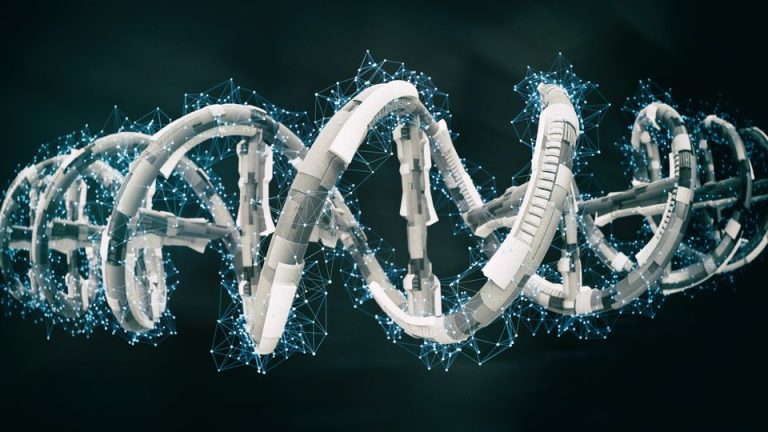X and Y chromosome sequences of endangered great apes
Geneticists have completed the first “end-to-end” genetic sequencing of the sex chromosomes of 5 great ape species.
The analyzes provide insights into the evolution of the Y chromosome, which is usually present in males, and the X chromosome, which is present in both males and females.
The researchers found that more than 90% of the monkey X chromosome sequences match the human X chromosome, indicating that stable regions of the chromosomes have remained relatively the same over the course of evolution.
In comparison, the Y chromosome varies greatly among monkey species and harbors many species-specific sequences. Only 14% to 27% of the monkey Y chromosome matches the human Y.
“The degree of differences between the Y chromosomes of these species was very surprising,” says Kateryna Makova, a biologist at Pennsylvania State University in the US and leader of the study published in Nature.
“Some of these species diverged from the human line only seven million years ago, which is not a long time in terms of evolution. This indicates that the Y chromosomes are evolving very quickly.
“Sex chromosomes began like any other pair of chromosomes, but the Y has been unique in accumulating many deletions, other mutations and repetitive elements because it does not exchange genetic information with other chromosomes for most of its length.”
The team generated the sequences for one individual of each species – the bonobo (Paniscus pan), chimpanzees (Pan troglodytes), the western lowland gorilla (Gorilla gorilla gorilla), Bornean orangutan (Pongo pygmaeus), and the Sumatran orangutan (Pongo Abel). A smaller monkey, the siamang gibbon (Symphalangus syndactylus), was studied as an outgroup.
Previous sex chromosome sequences for these species were incomplete or, for the Bornean orangutan and siamang, nonexistent. The resulting reference genomes will act as a map to help scientists sequence and assemble the genomes of other individuals of the species.
“The Y chromosome has been challenging to sequence because it contains many repetitive regions and, because traditional technology decodes the sequences in short bursts, it is difficult to put the resulting segments in the right order,” says Karol Pál, a postdoctoral researcher at Penn. State and a co-first author of the study.
The researchers used experimental and computational methods developed for the Telomere-to-Telomere (T2T) Consortium, which generated the first complete assembly of an entire human genome.
“T2T methods use long-read sequencing technologies that overcome this challenge,” says Pál.
“Combined with advances in computational analysis, this allowed us to fully resolve repetitive regions that were previously difficult to sequence and assemble.
“By comparing the X and Y chromosomes with each other and between species, including previously generated human T2T sequences of the X and Y, we learned many new things about their evolution.”
Researchers are currently working to sequence the entire genomes of these monkey species. But as humans’ closest living relatives, the X and Y sequences can only help in understanding sex chromosome-linked diseases in both monkeys and humans.
“The Y chromosome is important for human fertility, and the X chromosome contains critical genes for reproduction, cognition and immunity,” says Makova.
“Our study opens the door to investigations of sex chromosomes, how they evolved and the diseases associated with them.
“The living species of non-human great apes we studied are all endangered. The availability of their complete sex chromosome sequences will facilitate studies of their sex-specific distribution in nature and of their genes important for reproduction and fertility.
![]()
#chromosome #sequences #endangered #great #apes
Image Source : cosmosmagazine.com






